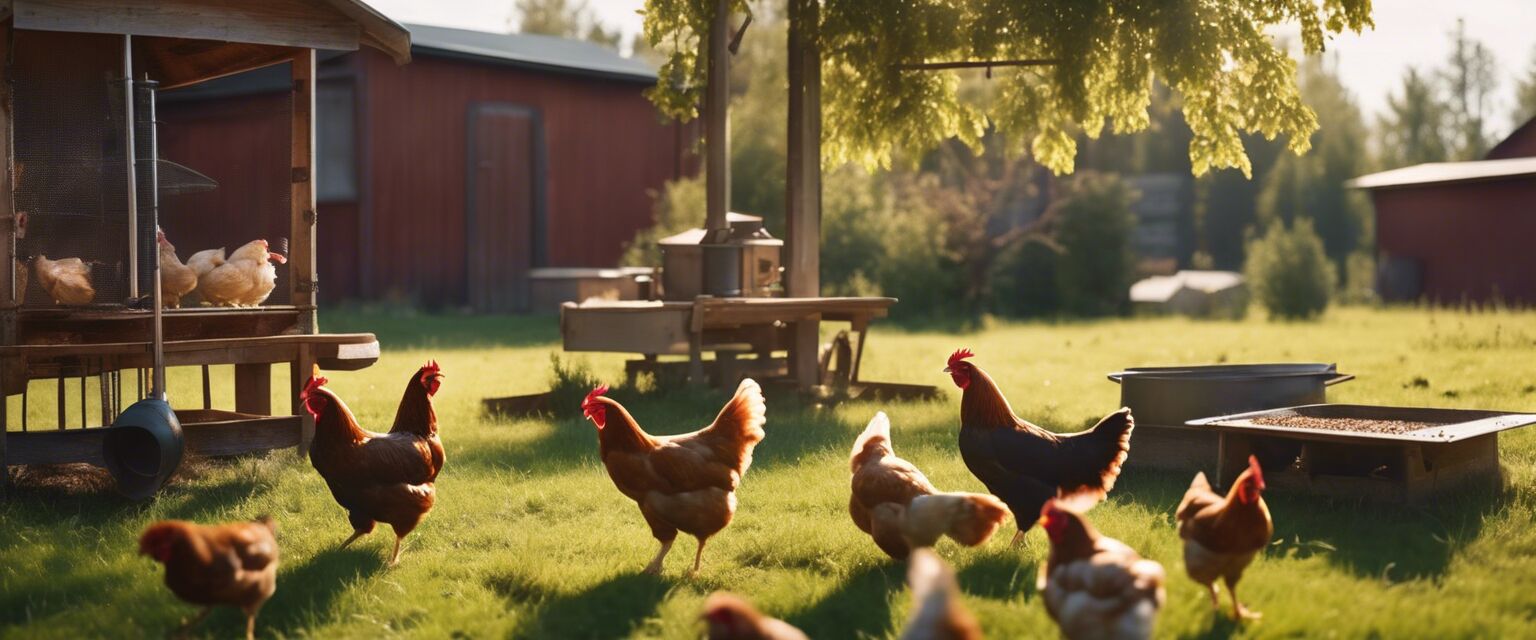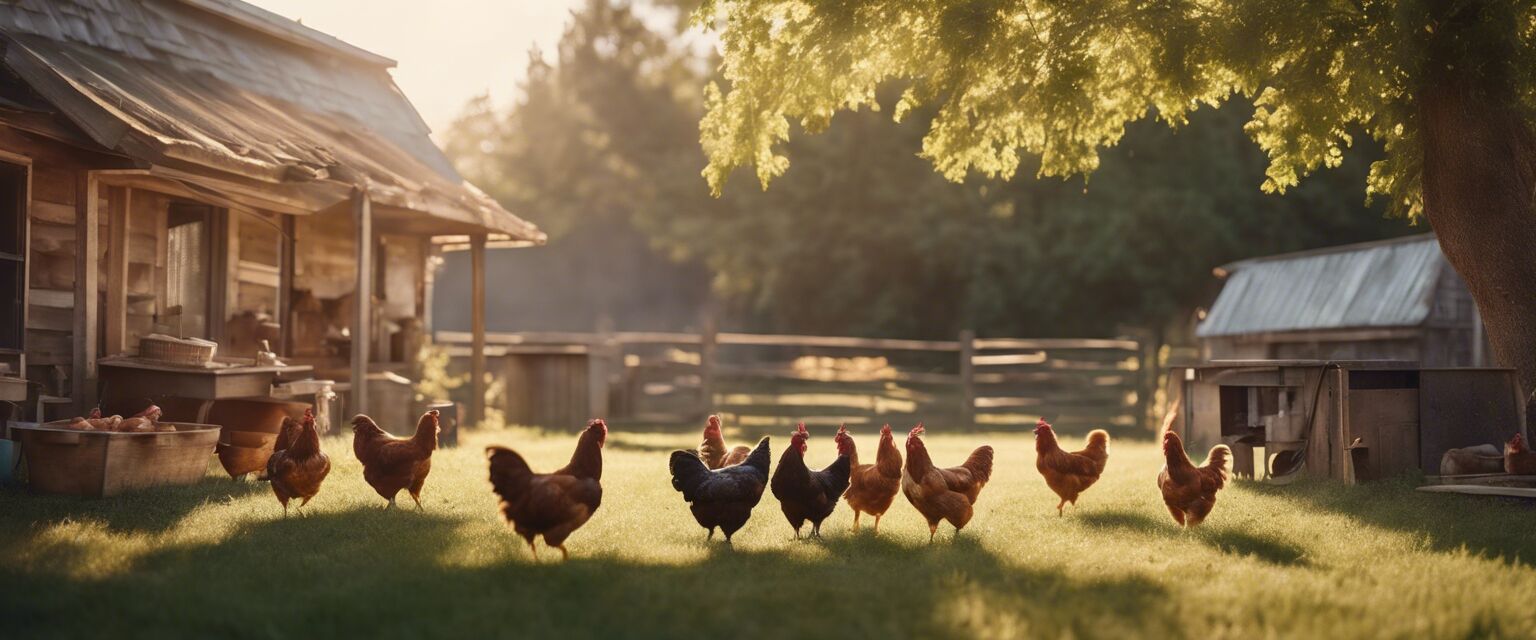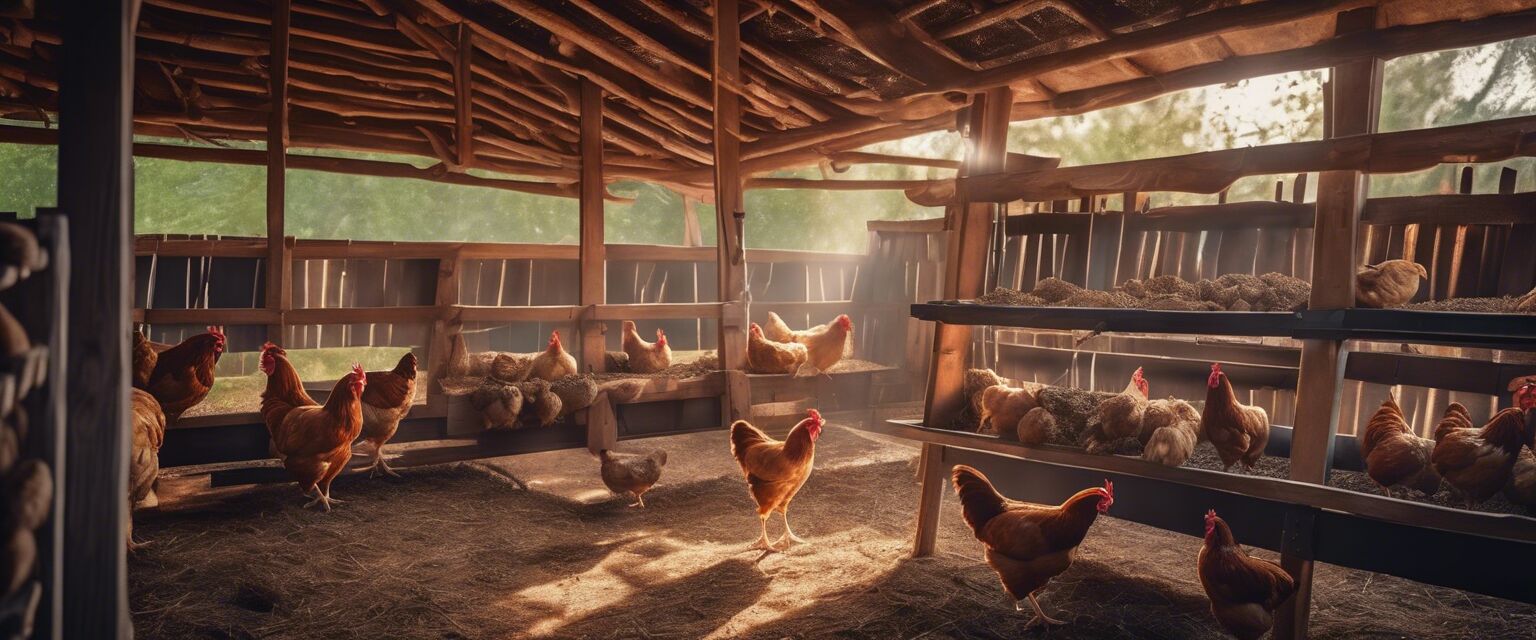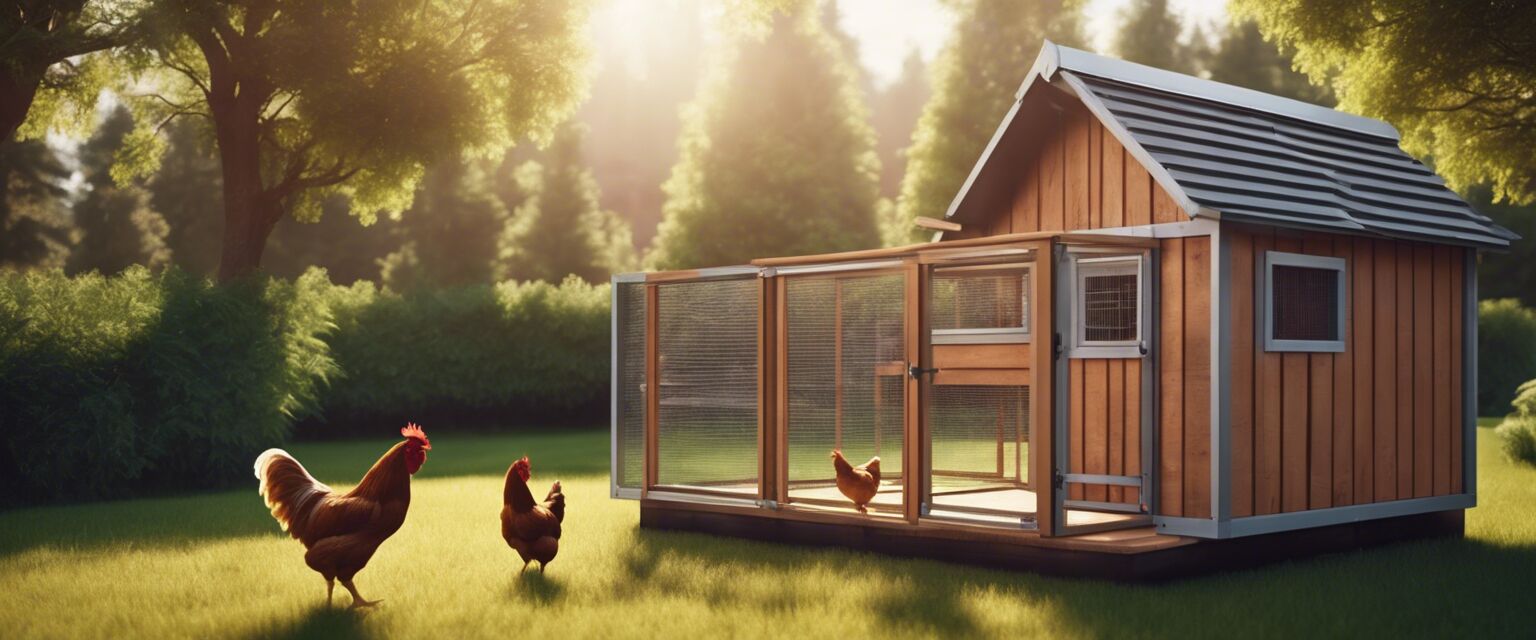
Nesting Boxes
Key Takeaways
- Nesting boxes are essential for providing a comfortable laying space for hens.
- Different types of nesting boxes include wooden, plastic, and metal options.
- Proper setup involves considering space, ventilation, and accessibility.
- DIY nesting boxes can be customized to fit your coop's design and your chickens' preferences.
Nesting boxes are a crucial component of any chicken coop. They provide a safe and comfortable space for hens to lay their eggs. Understanding the different types of nesting boxes and how to set them up can enhance your chicken-raising experience. In this guide, we will explore various nesting box options, setup tips, and even how to create your own nesting boxes.
Types of nesting boxes
There are several types of nesting boxes available, each with its own advantages. Below is a comparison of the most common types:
| Type | Material | Advantages | Disadvantages |
|---|---|---|---|
| Wooden | Wood | Durable, insulated, and aesthetically pleasing | Can rot if not treated, heavier |
| Plastic | Plastic | Easy to clean, lightweight, and weather-resistant | Less insulation, may not look as natural |
| Metal | Metal | Very durable, easy to clean | Can get hot in the sun, may not be as comfortable |
| DIY | Various | Customizable, can use recycled materials | Quality depends on construction |
Setting up nesting boxes
Setting up nesting boxes properly can greatly affect egg production and your hens' comfort. Here are some important tips:
- Location: Place nesting boxes in a quiet, dark area of the coop to mimic natural settings.
- Height: Nesting boxes should be elevated off the ground to protect from dampness and pests.
- Spacing: Provide one box for every 3-4 hens to reduce competition and stress.
- Ventilation: Ensure proper airflow to keep the nesting area dry and comfortable.
DIY nesting boxes
Making your own nesting boxes can be a fun and rewarding project. Here are some materials and steps to consider:
Materials needed:
- Wooden planks or pallets
- Wood screws or nails
- Sandpaper
- Non-toxic paint or sealant (optional)
- Straw or hay for bedding
Steps to create your own nesting boxes:
- Cut the wooden planks to the desired size for the nesting boxes.
- Assemble the box using screws or nails, ensuring all edges are smooth.
- If desired, paint or seal the outside for durability.
- Line the inside with straw or hay for comfort.
- Install the nesting boxes in your coop, following the setup tips mentioned above.
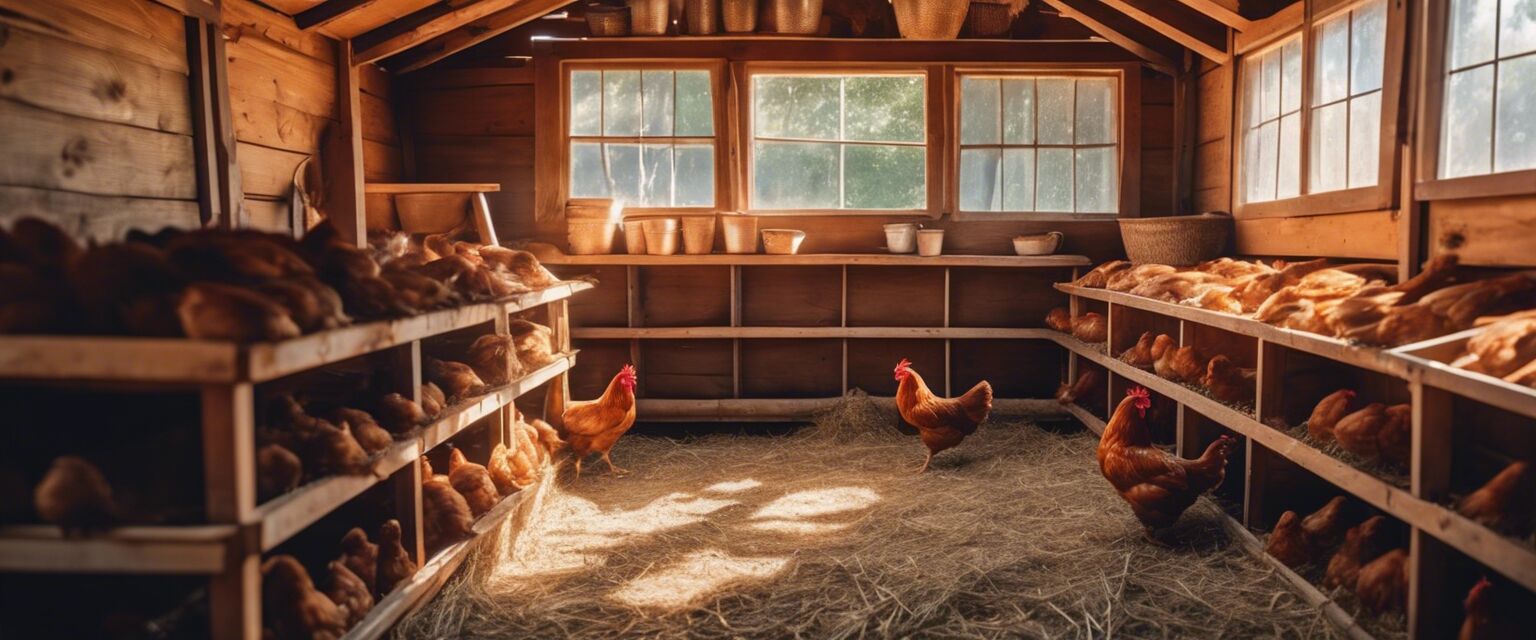
Maintaining your nesting boxes
Regular maintenance of nesting boxes is essential for the health of your hens. Here are some maintenance tips:
- Check for damage or wear regularly, and repair as needed.
- Clean nesting boxes at least once a week to prevent the buildup of waste.
- Replace bedding regularly to ensure a clean, comfortable environment.
- Monitor for pests and take action if necessary.
Conclusion
Nesting boxes play a vital role in keeping your hens happy and productive. By understanding the different types available, setting them up correctly, and maintaining them, you can create an ideal environment for egg-laying. Whether you choose to purchase or build your own nesting boxes, the comfort and safety of your chickens should always be the priority.
Pros
- Provides a safe space for hens to lay eggs.
- Customizable options are available for DIY enthusiasts.
- Encourages more consistent egg production.
- Enhances the overall aesthetics of the chicken coop.
Cons
- Initial setup can be time-consuming.
- Some materials may require maintenance or replacement over time.
- Improper setup can lead to stress among hens.
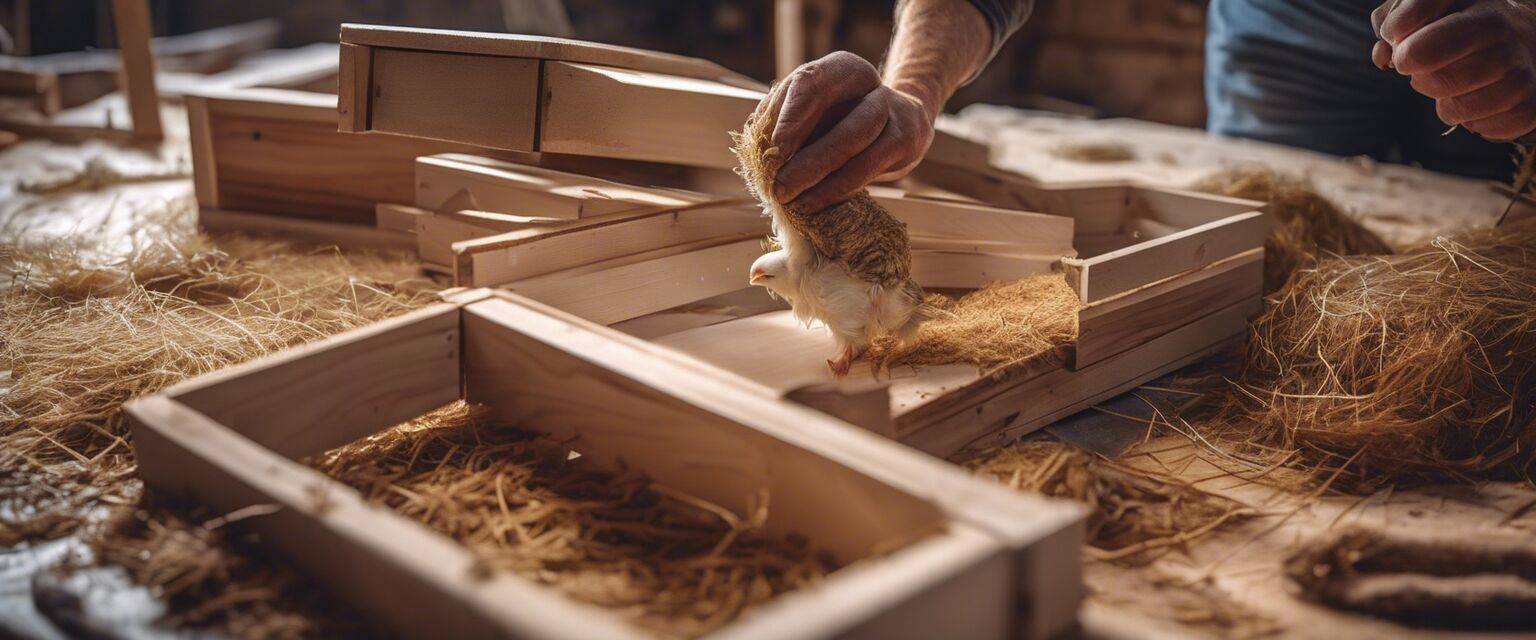
Further reading
For more information on raising chickens and creating a suitable environment, check out our other articles:
